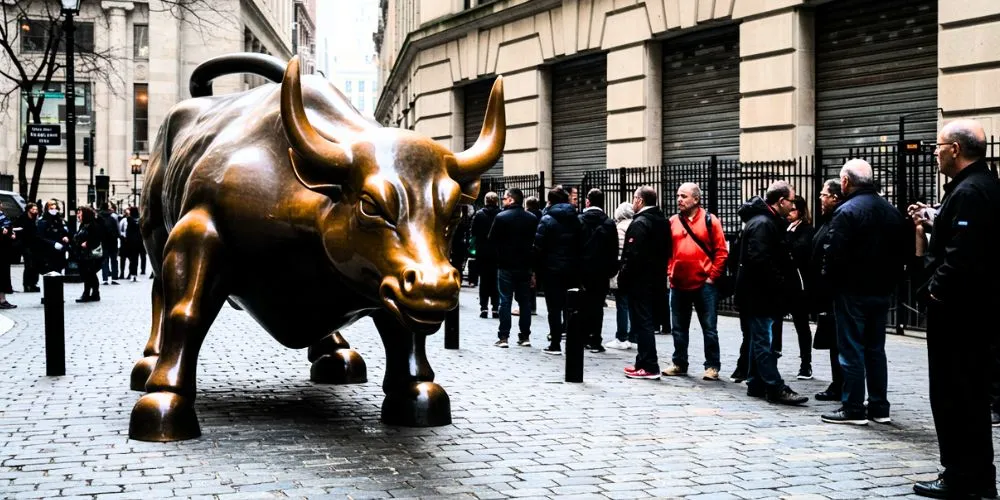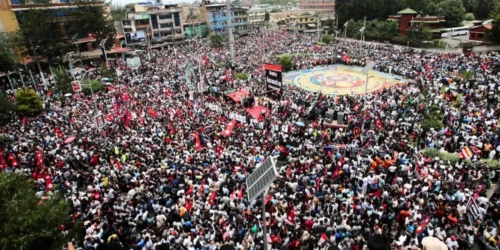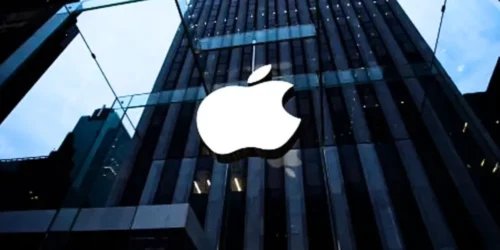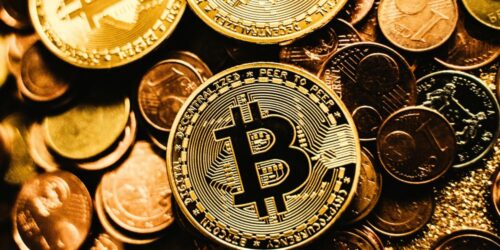Every day, we are bombarded with news about the Dow Jones, the S&P 500, and the NASDAQ. A green arrow is presented as a sign of national prosperity, while a red arrow signals doom and gloom. This daily ritual is based on a fundamental misconception: that the health of the stock market is a reliable indicator of the economy’s health. It’s not. For most people, the stock market is a faraway casino whose winnings they never see.
The Great Disconnect
The stock market can soar while unemployment remains high, wages stagnate, and families struggle to pay their bills. This is because the market reflects the profitability and future expectations of large corporations, not the financial well-being of the average citizen. Corporate profits can, and often do, increase by cutting wages, laying off workers, or raising prices.
Whose Bull Market Is It?
Who benefits when the market goes up? The wealthiest 10% of Americans own nearly 90% of all stocks. For the majority of the population who have little to no stock market investment, a record high on Wall Street is a meaningless abstraction. It does not put food on their table or pay their rent.
A Casino for the Wealthy
In many ways, the modern stock market functions more like a high-stakes casino than a mechanism for productive investment. High-frequency trading, complex derivatives, and speculative bubbles create vast fortunes out of thin air, contributing little of tangible value to the real economy where people live and work.
When Good News for Wall Street Is Bad News for You
Often, what is good for Wall Street is actively bad for Main Street. A company’s stock might jump after it announces a massive layoff. The market might cheer when the Federal Reserve raises interest rates to “cool down” the economy, a move that makes it harder for regular people to get a mortgage or a car loan.
Conclusion
We need to break our obsession with the stock market as a barometer of national success. We should instead focus on metrics that matter to people’s lives, such as median income, household debt, healthcare costs, and the poverty rate. The economy is not a number on a screen; it is the lived experience of its people.













